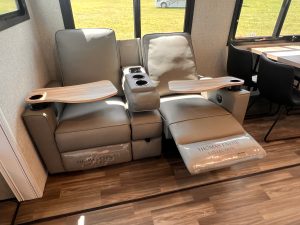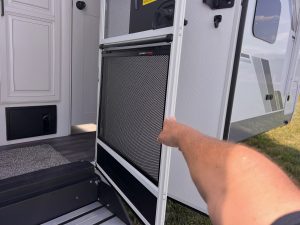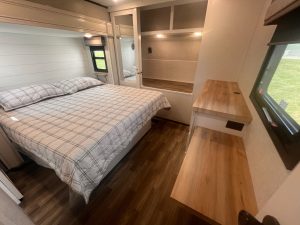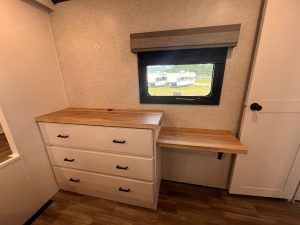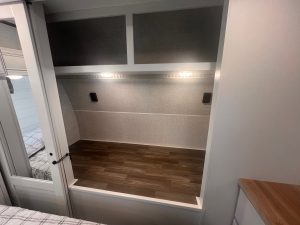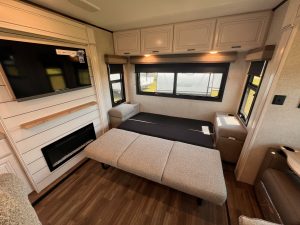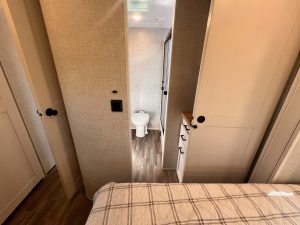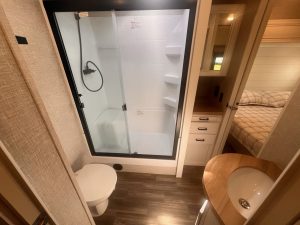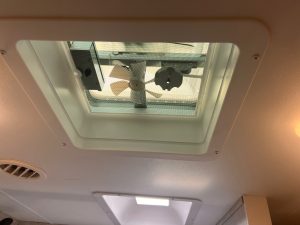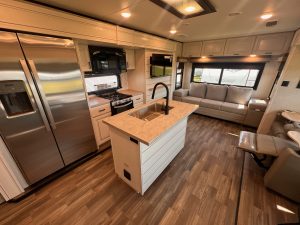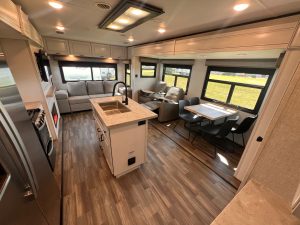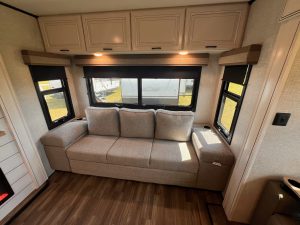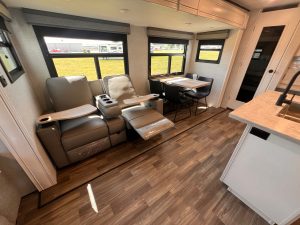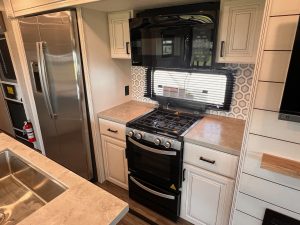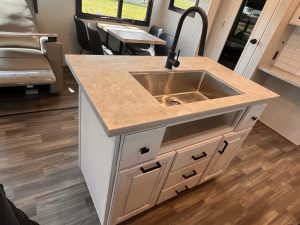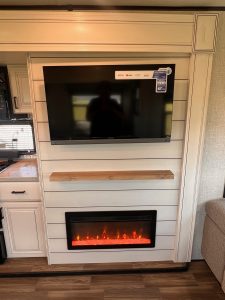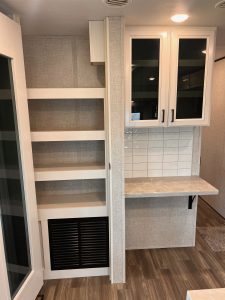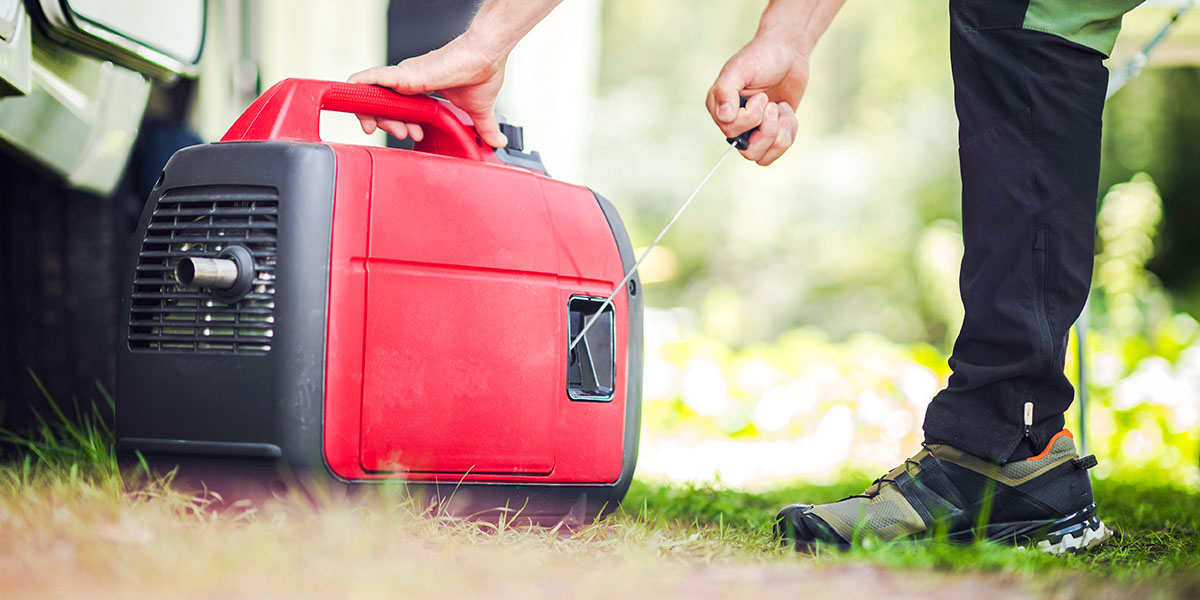Finding a good cold weather jacket is a crucial part of gearing up to enjoy wintertime fun. After all, just because it’s cold out and you have that cozy RV cabin doesn’t mean that you need to stop playing outside. As a matter of fact, for many of us, winter signals the start of fun and fresh powder.
However, cold weather activities like winter camping, skiing, hiking, ice fishing, or just playing in the snow are a lot more fun when you’re warm and cozy. So, what makes a great cold weather jacket? While everyone naturally have their own preferences, here are a few essential things to look for when shopping for dependable cold weather jackets.
What to Look for in a Cold Weather Jacket
Let’s take the mystery out of your hunt. Here are the four main things that you need to consider when you’re searching for the right cold weather jacket for you.
- Balance. A cold weather jacket needs to be waterproof and breathable.
- Hood. An adjustable hood can be worn as an additional measure to keep cold out.
- Insulation. The best cold weather jackets have a layer of lightweight insulation (Thermalite™or fleece). A good insulating layer should keep you warm while still allowing freedom of movement.
- Pockets. Waterproof pockets mean you can stash gear and snacks. Or, you know, keep your hands warm and dry.
Even having this criteria, we get it. Searching for a warm and well-made cold weather jacket can be overwhelming. (Because, like a sleeping bag, you don’t want to find out you got it wrong the hard way.) There are so many jackets on the market. And they all claim to be the best. How can you know that a jacket’s really going to keep you warm when the mercury drops?
To make this process easier for you, we rolled up our sleeves — or maybe rolled them down makes more sense here — and got to work. After extensive research of online reviews (and my own Canadian cold weather experience), we’ve identified five cold weather jackets we can safely recommend for RVers parked in colder climes.
The Top 5 Cold Weather Jackets
Best Heated Jacket
Fieldsheer Pinnacle Parka Jacket
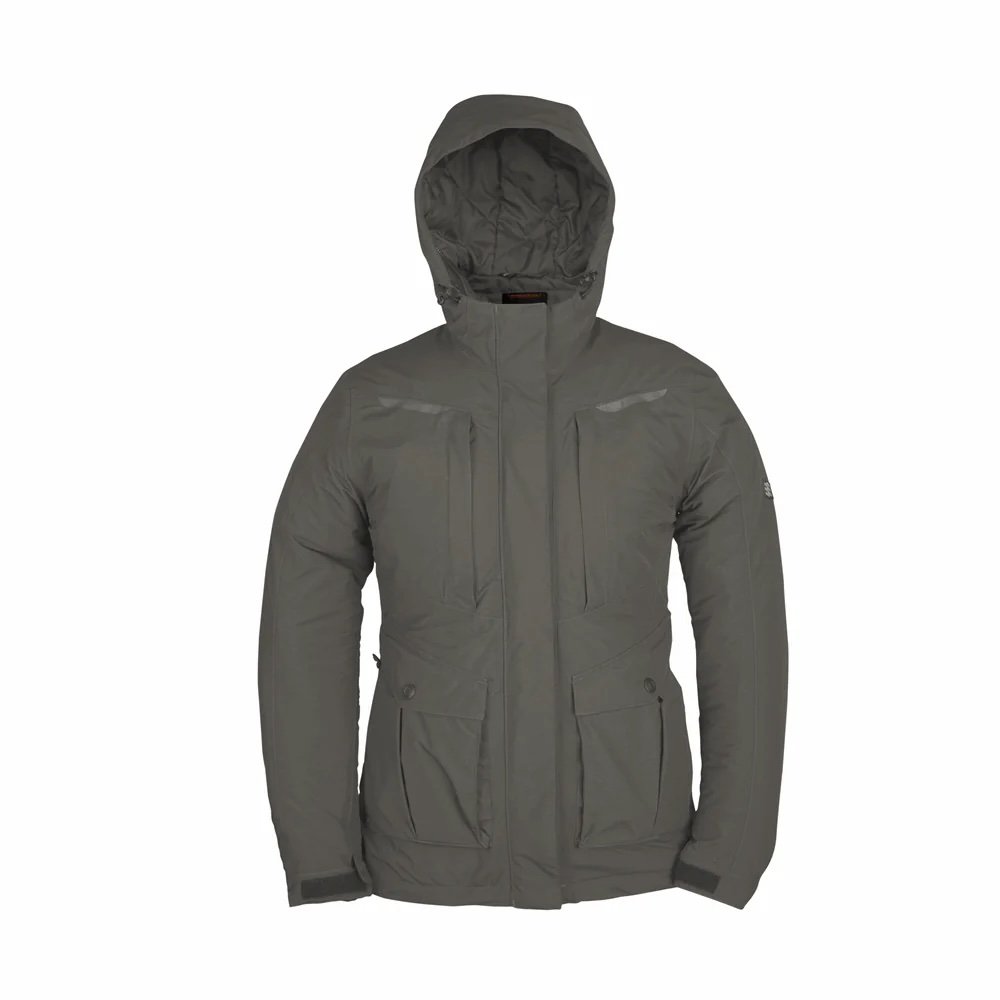
Wearing a heated jacket is like wearing a warm hug. (Right when you need one.) The jacket wraps you in coziness, even when you’re out in the cold for up to 10 hours. The Fieldsheer Pinnacle Parka does all that and more — because it’s also waterproof. Plus, it uses Fieldsheer’s mobile heating Bluetooth™ technology, which lets you control the functions of the jacket via a mobile device. This makes it easy to have the heat set on high on a cold morning and then go to a lower setting as the day warms up.
The Pinnacle Parka jacket is a perfect cold weather jacket for a day on the slopes. You could wear a merino base layer, a fleece sweater, and the Pinnacle Parka, and you’d be good to go all day long — no matter what the weather brings. This jacket features six pockets, as well as a quilted liner containing eight heat zone elements. It also includes two hand pockets, two chest, two back pockets, and then one on each arm. Heating elements run on a 12 -volt rechargeable lithium battery, which lasts for two hours on its highest setting and up to eight hours on its lowest setting. Washing it is as easy as removing the battery and washing it on knit delicate. The Pinnacle Parka Jacket is available in both Men’s and Women’s sizes from XS to 2X.
Best Packable Cold Weather Jacket
The North Face ThermoBall™ Eco Jacket 2.0
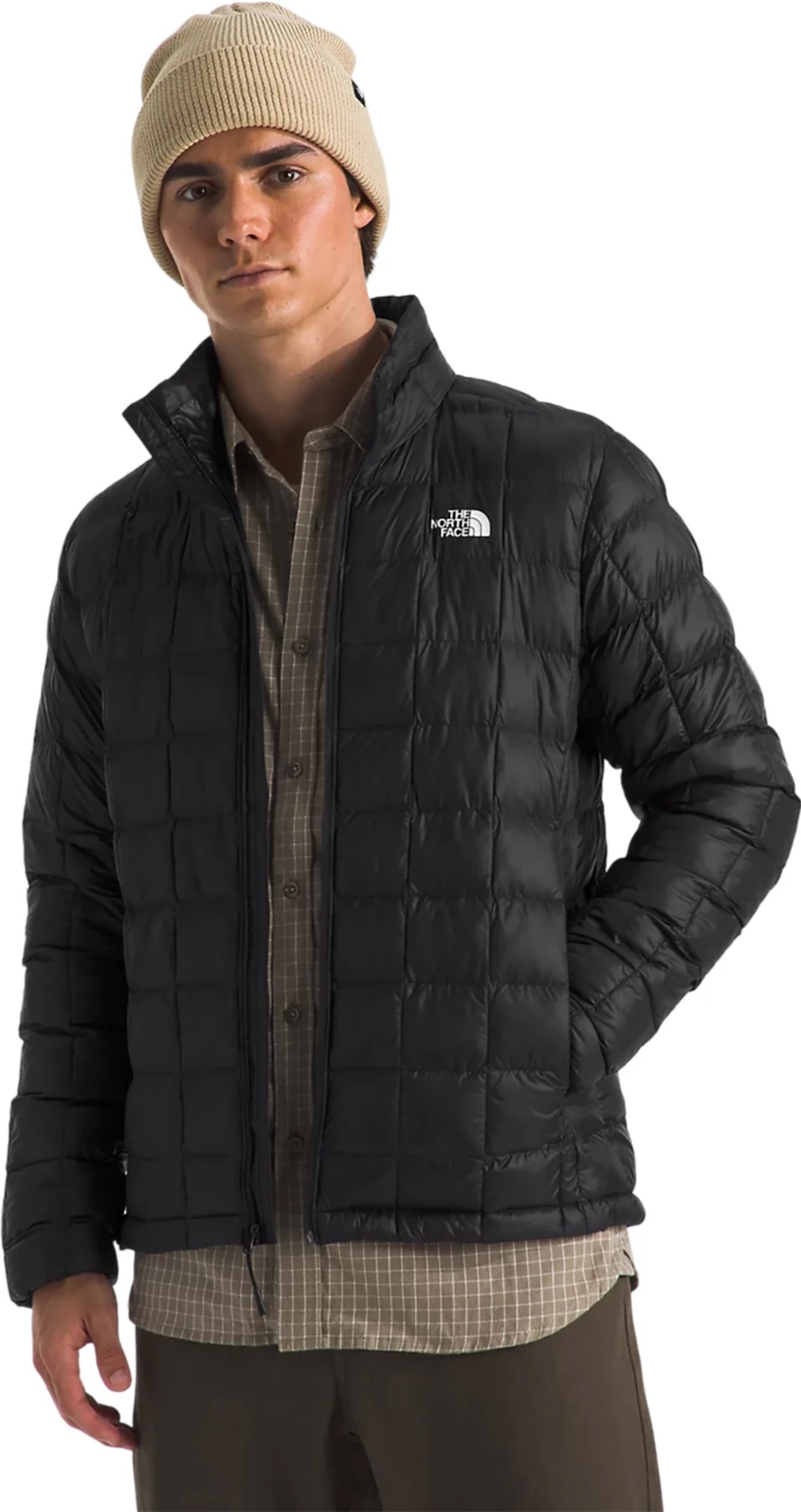
Packable jackets are normally a middle layer. That’s important to think about. So, while the North Face Thermoball™ Eco jacket may look too thin and packable to be much use in cold weather, it’s actually perfect. This ultralight jacket has been engineered to keep you toasty warm when temperatures drop. Reviewers in Canada said that the Thermoball™ kept them warm down to -15ºC (5ºF). The Thermoball™ Eco jacket is also designed to repel water, but if it does get wet, its patented Thermoball™ insulation still keeps you warm. What’s more, it packs into its own chest pocket, making it easy to stow in a backpack or a large pocket. The Thermoball™ Eco Jacket is available in a range of colors in sizes from S to 5X for both men and women.
Best Kids Cold Weather Jacket
Columbia Arctic Blast™ II
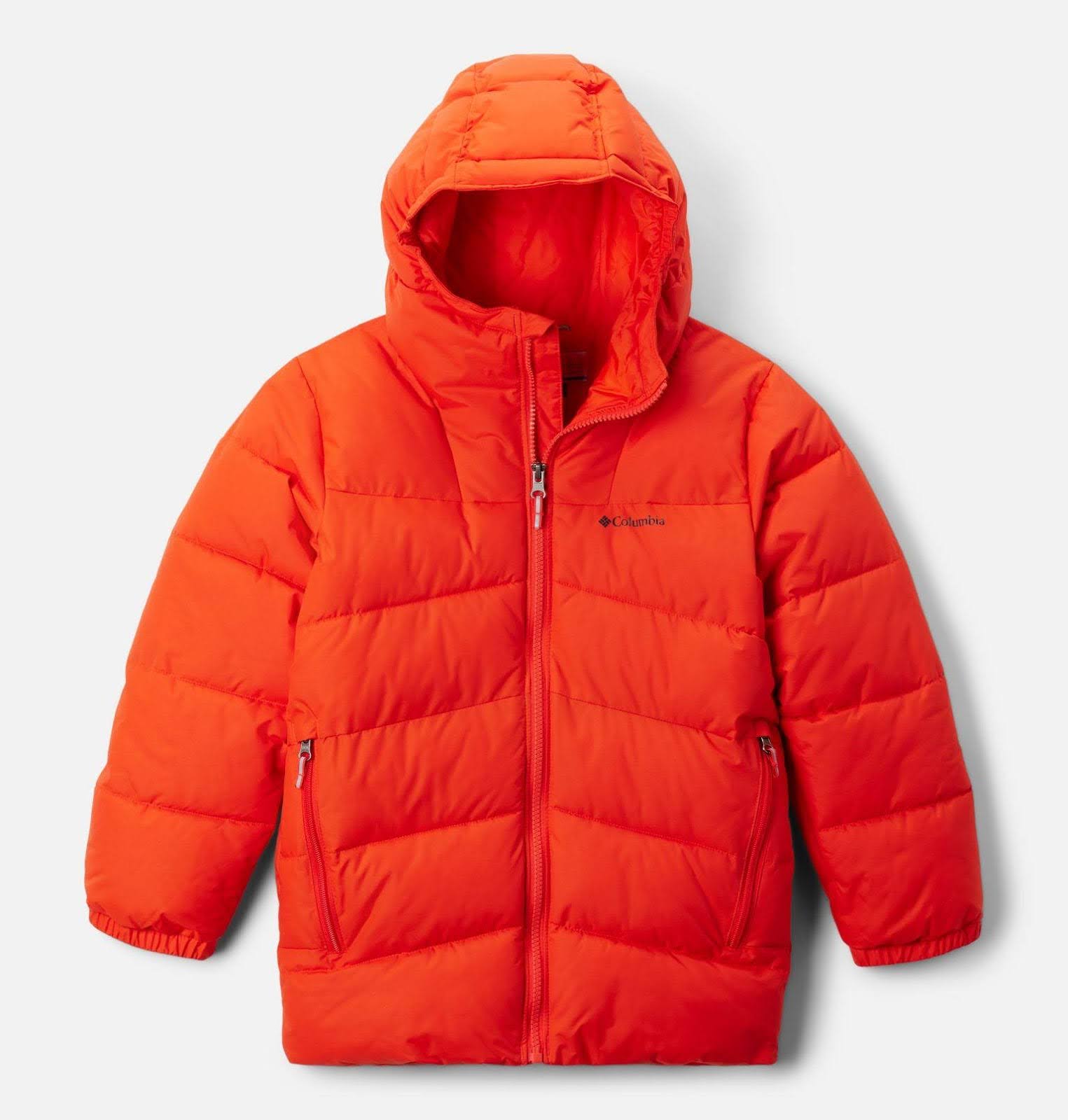
Good cold weather gear can make all the difference when kids play outdoors in winter. Not only that, smaller body size means kids are more susceptible to hypothermia in chilly conditions than adults are. So, it makes sense to keep them warm and dry with the best cold weather gear. (Mom’s everywhere are all in agreement.) The Columbia Arctic Blast II does just that. Plus, it’s loaded with other features that make it a perfect choice for a day on the slopes.
To start with, the shell of this jacket is made of waterproof fabric. So, it stays dry. Further, it’s insulated with recycled polyester insulation that’s engineered to retain body heat even when it gets wet. There’s no danger of the elements getting into this jacket either because it has an adjustable hood and a powder skirt. There are also a lot of little details in this jacket that make it a reviewer favorite. Reviewers especially love the reflective details and multiple pockets to stash gloves, snacks or electronic devices. This jacket is available in a range or colors for both boys and girls in sizes from XXS to XL.
Best Cold Weather Jacket for Ice Fishing
Columbia Arctic Blast™ II
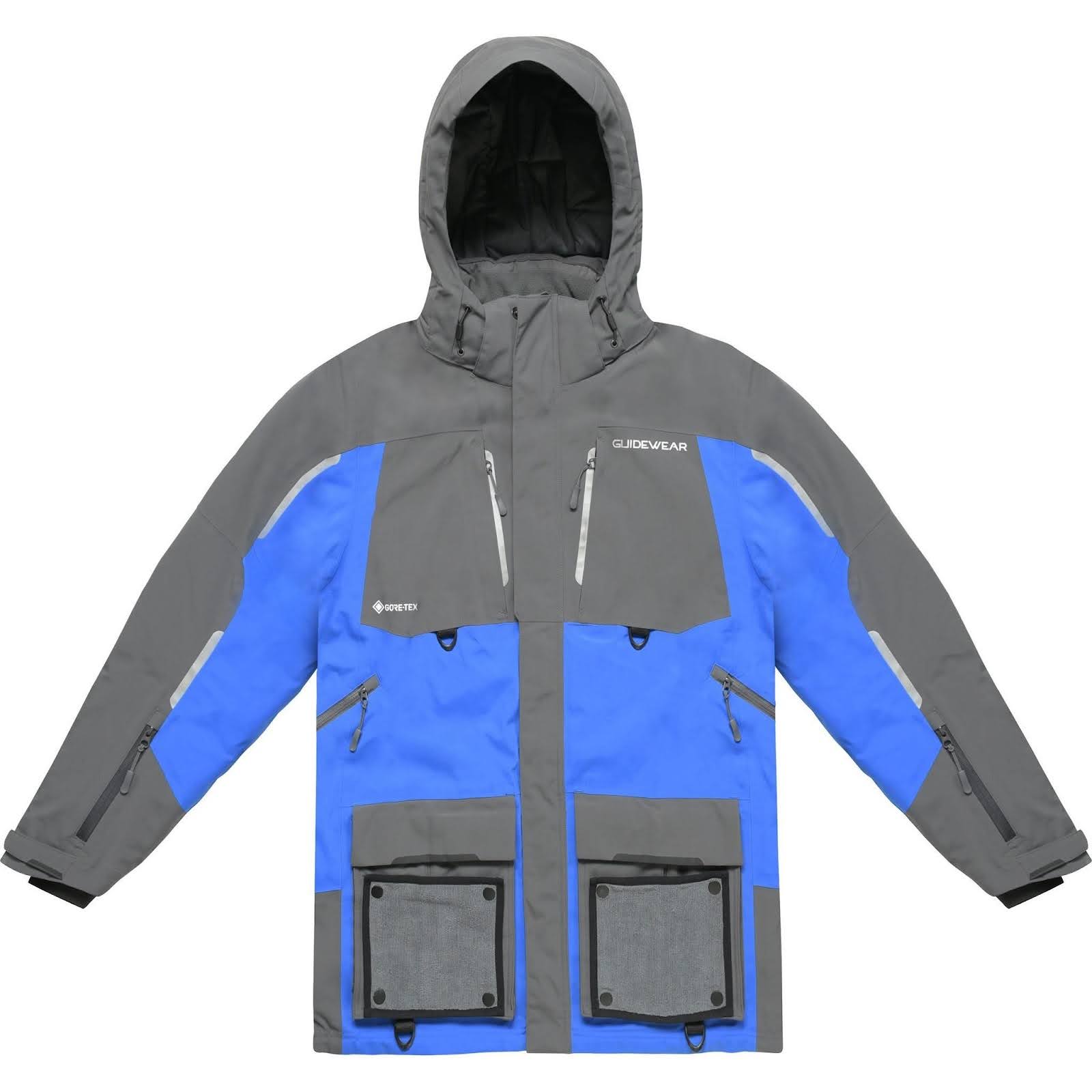
You don’t have to be ice fishing to wear the Cabela’s Guidewear Men’s GTX Ice Parka, but you’ll appreciate having it when you are. This waterproof, insulated, Gore Tex™ jacket has everything you need to stay warm on the ice. Plus, there are a few extra features that make it perfect for fishing. Some examples are a built-in floatation system (just in case you need it) and 3M Thinsulate fleece lining to reduce bulkiness, making it easier to fetch snacks or fishing tackle from pockets . It also has big, fleece lined hand pockets with removable hand wipes attached to the front of them. Not only that but the GTX Ice Parka’s removable hood cinches down tight when the wind picks up and it features taped seams and plenty of pockets for storing fishing gear etc.
The Best Women’s Budget Cold Weather Jacket
Moerdeng Women’s Ski Jacket
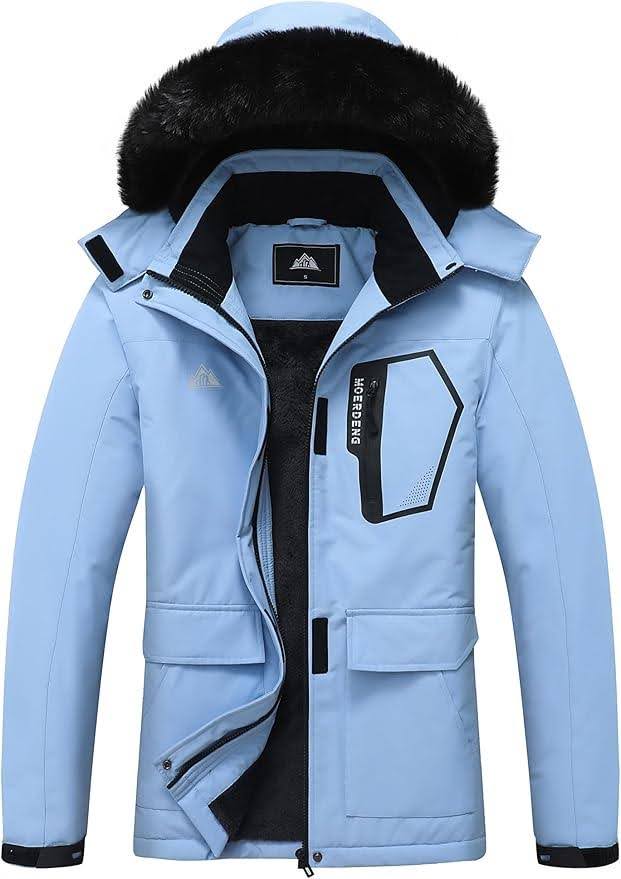
The Moerdeng women’s ski jacket surprised reviewers with its abundance of features as well as its quality workmanship and materials. It’s shell is a waterproof, windproof, and breathable fabric. And it features thick fleece insulation, so its perfect for layering over base and mid layers. This gives you the opportunity to add layers when it’s colder or remove layers as the day warms up. This jacket has multiple zipper pockets for stashing gloves, keys, or a phone. The detachable hood has faux fur trim. which is mostly there for fashion, but may add protection against chilly winds.
Reviewers appreciated that the lightweight insulation allows for freedom of movement and flexibility while being incredibly warm. This cold weather jacket is available in 14 colors and sizes ranging from S to XXL. Many reviewers recommend sizing up, to allow for base layers. Overall, reviewers felt the Moerdeng women’s ski kacket provided outstanding value for its budget friendly price.
Tips For Dressing To Dressing Warm When It’s Cold Out
You might be surprised to learn that it’s not actually the warm clothes that keep you warm. Instead, it’s many tiny pockets of air, warmed by body heat and trapped close to your body by the fibers of your clothes. When it’s cold out, cold weather clothing keeps you warm by trapping body heat and preventing cold air from getting in. Dressing in multiple layers makes it harder for body heat to escape. So, layers are an essential part of dressing to stay warm when the temperature drops.
You’ll need at least three layers of clothing to stay comfortable outdoors in the winter. Start with a base layer of moisture wicking material. (Stay away from cotton-even waffle-knit thermal cotton.) Cotton is disastrous as a base layer because it traps the moisture produced by your body when you perspire, keeping you damp, cold, and possibly hypothermic. Merino wool is the best option for a base layer-it has unsurpassed heat retention and moisture wicking properties.
Next, you’ll want to add a layer that prevents body heat from escaping. Wool, fleece, and down are all great for trapping body heat. Again, you’ll want to stay away from anything cotton when you’re trying to stay warm.
The outer layer keeps cold air and rain out, while being breathable. Many cold cold weather jackets have built in insulation that can be used on its own or in conjunction with a midlayer. In addition, a warm hat, gloves, and warm socks will help keep you so warm that you won’t be tempted to shuffle directly back into your toasty RV cabin.
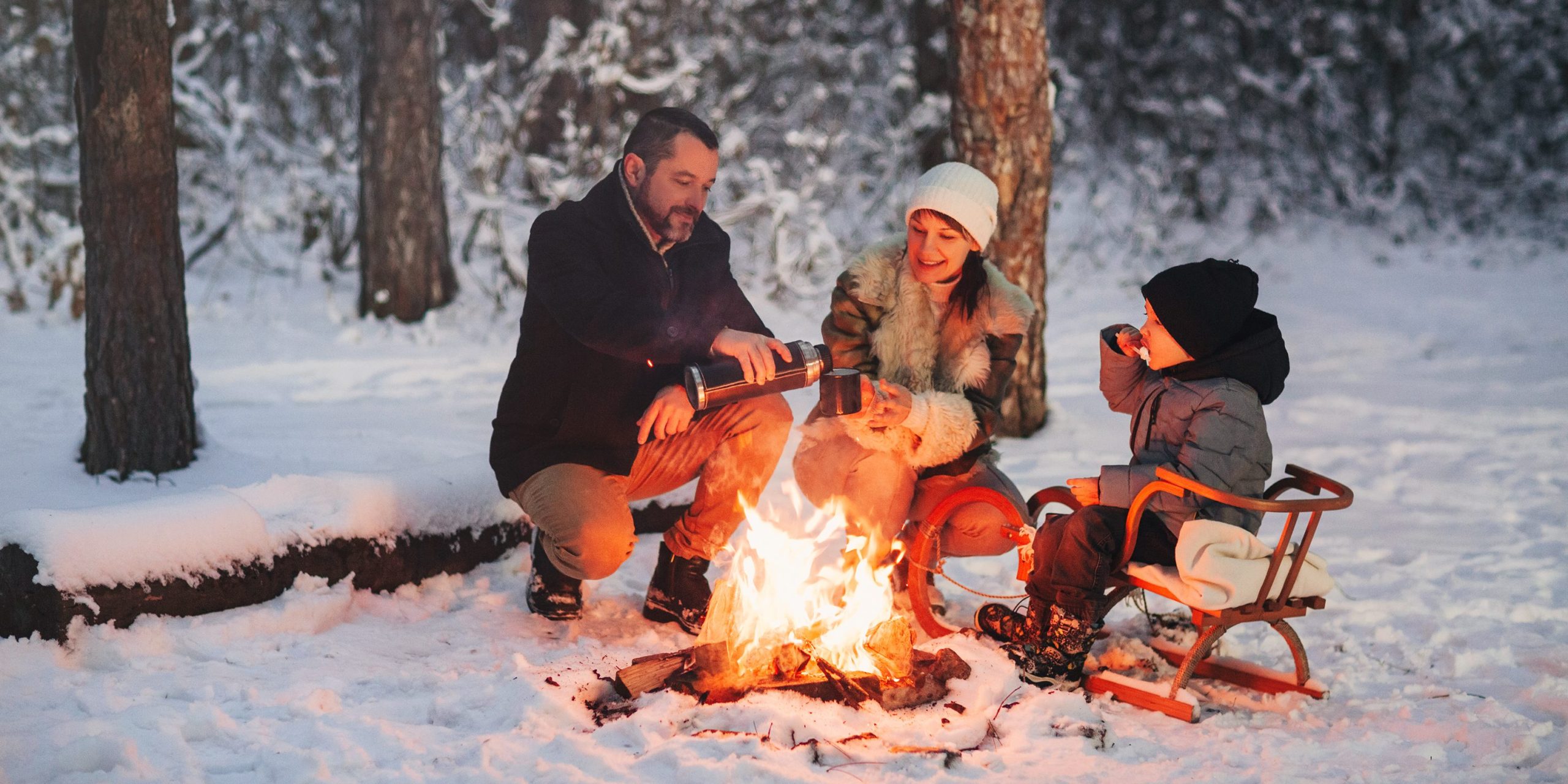
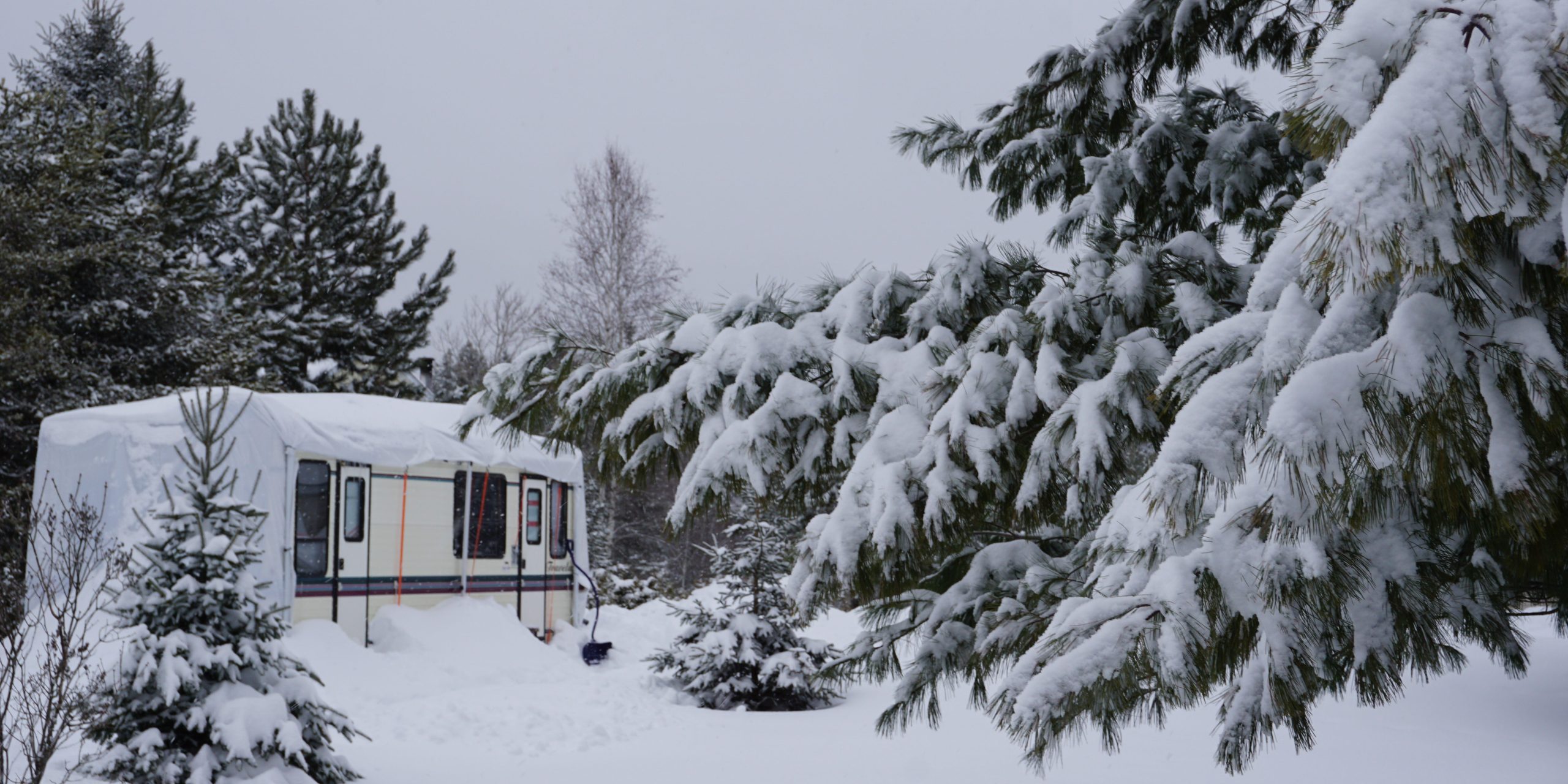
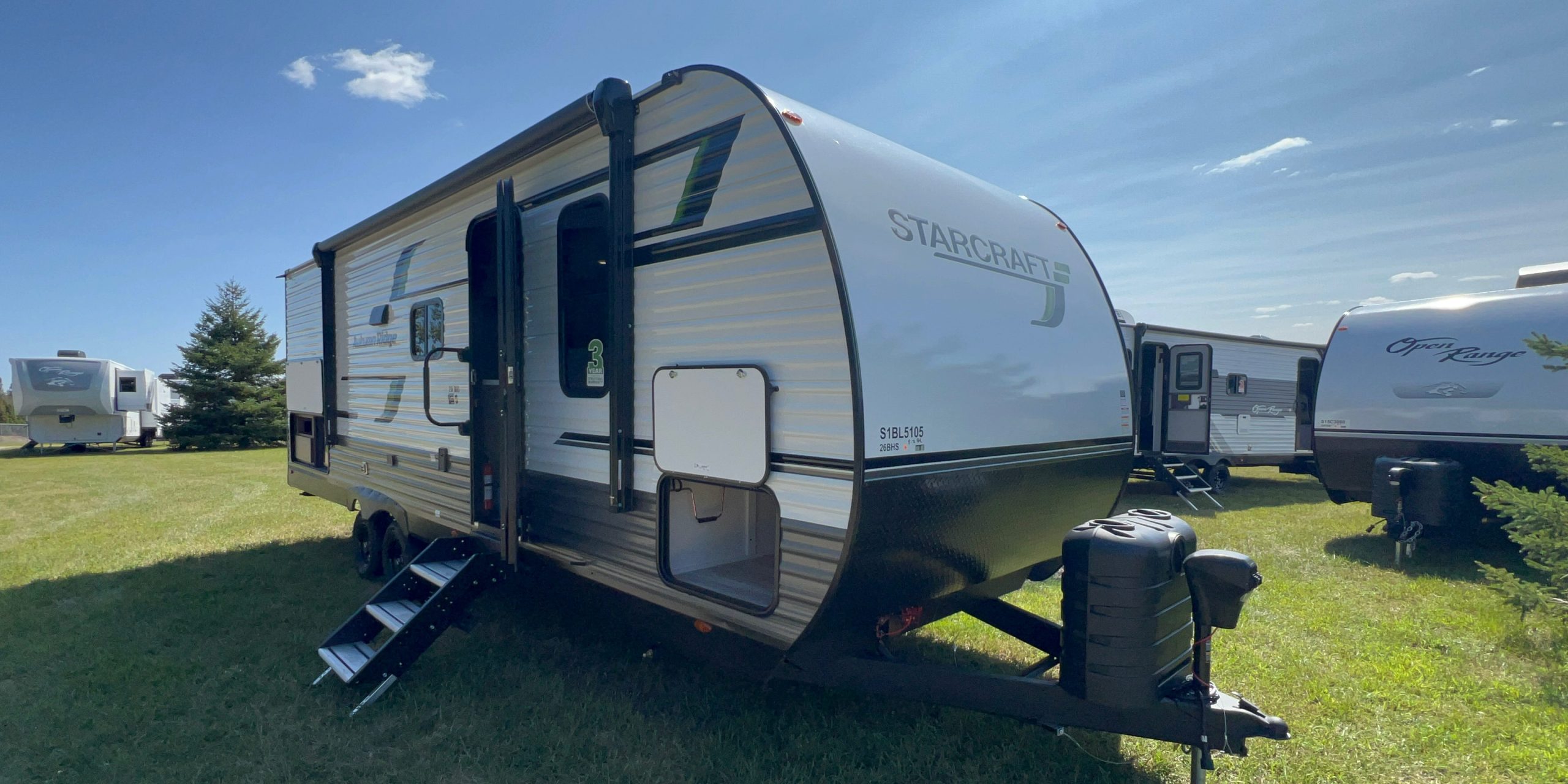
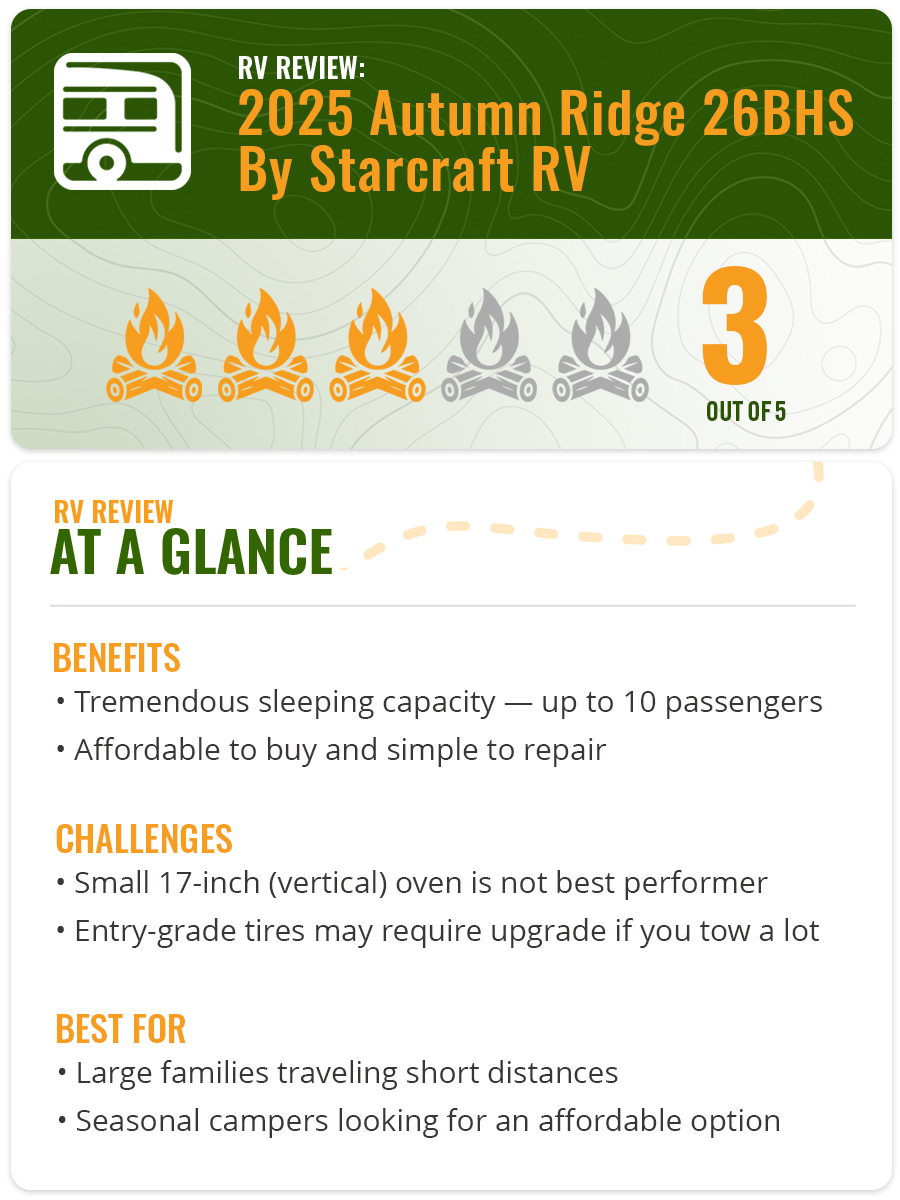 The
The 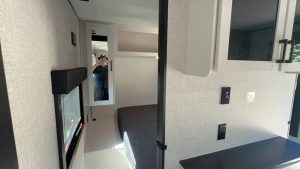
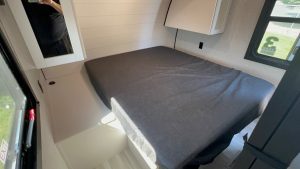
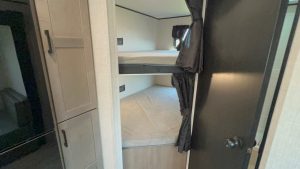
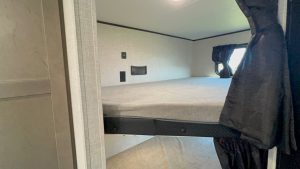


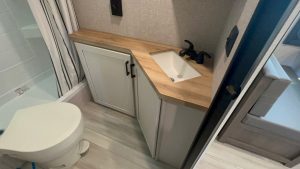
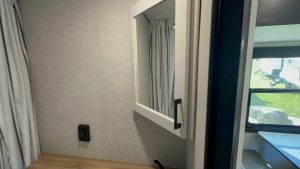
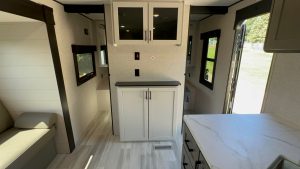
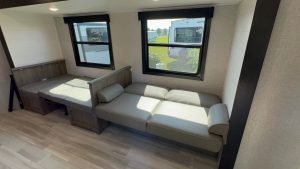
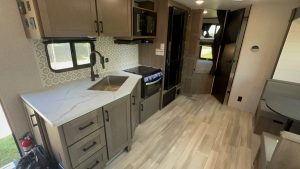
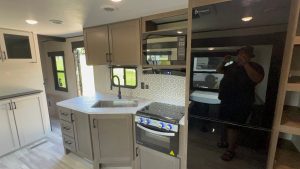

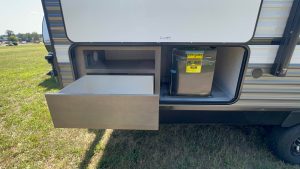
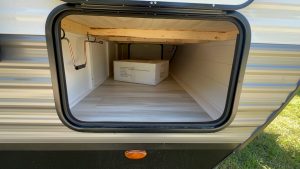
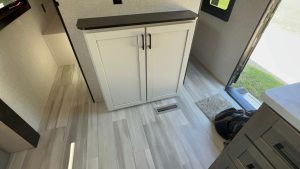
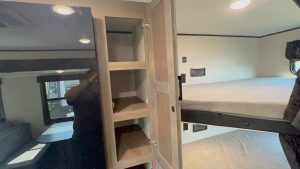
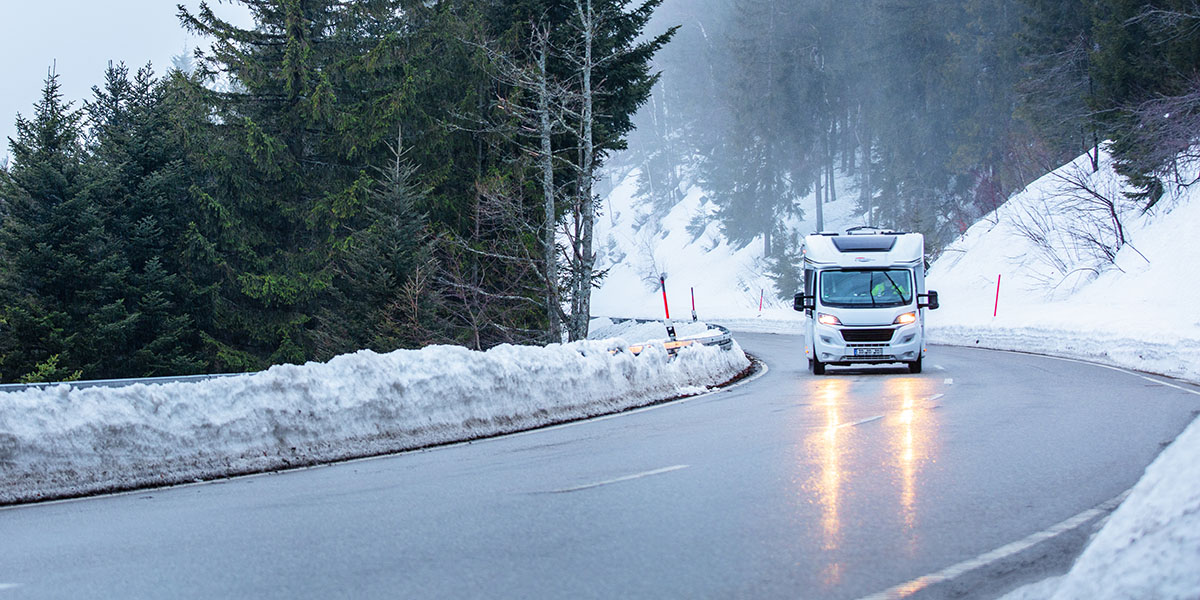

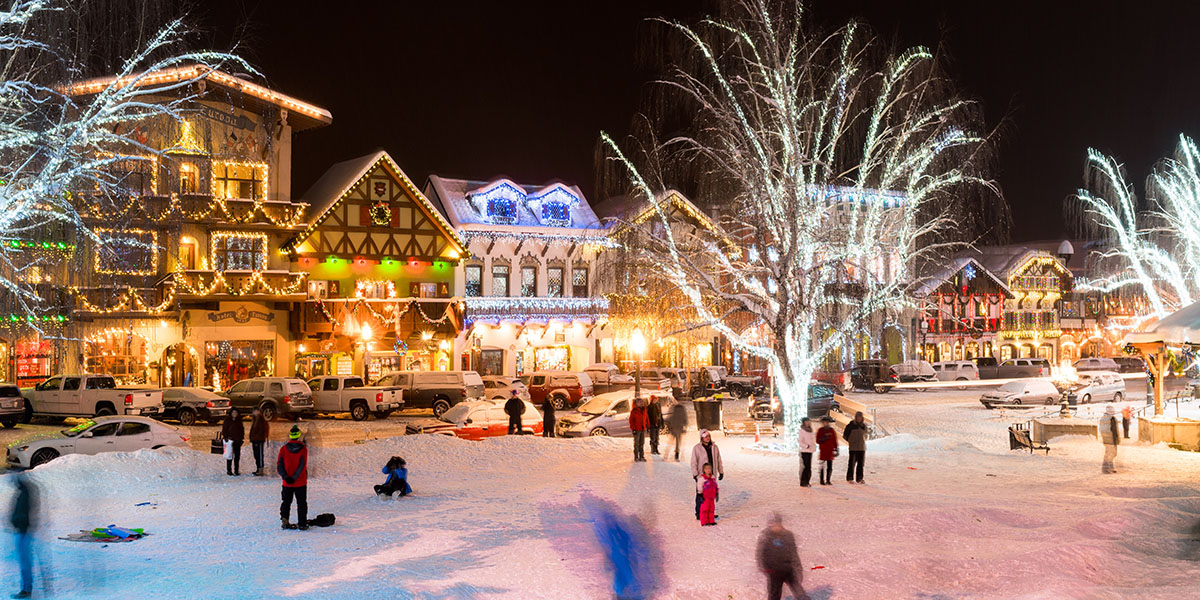
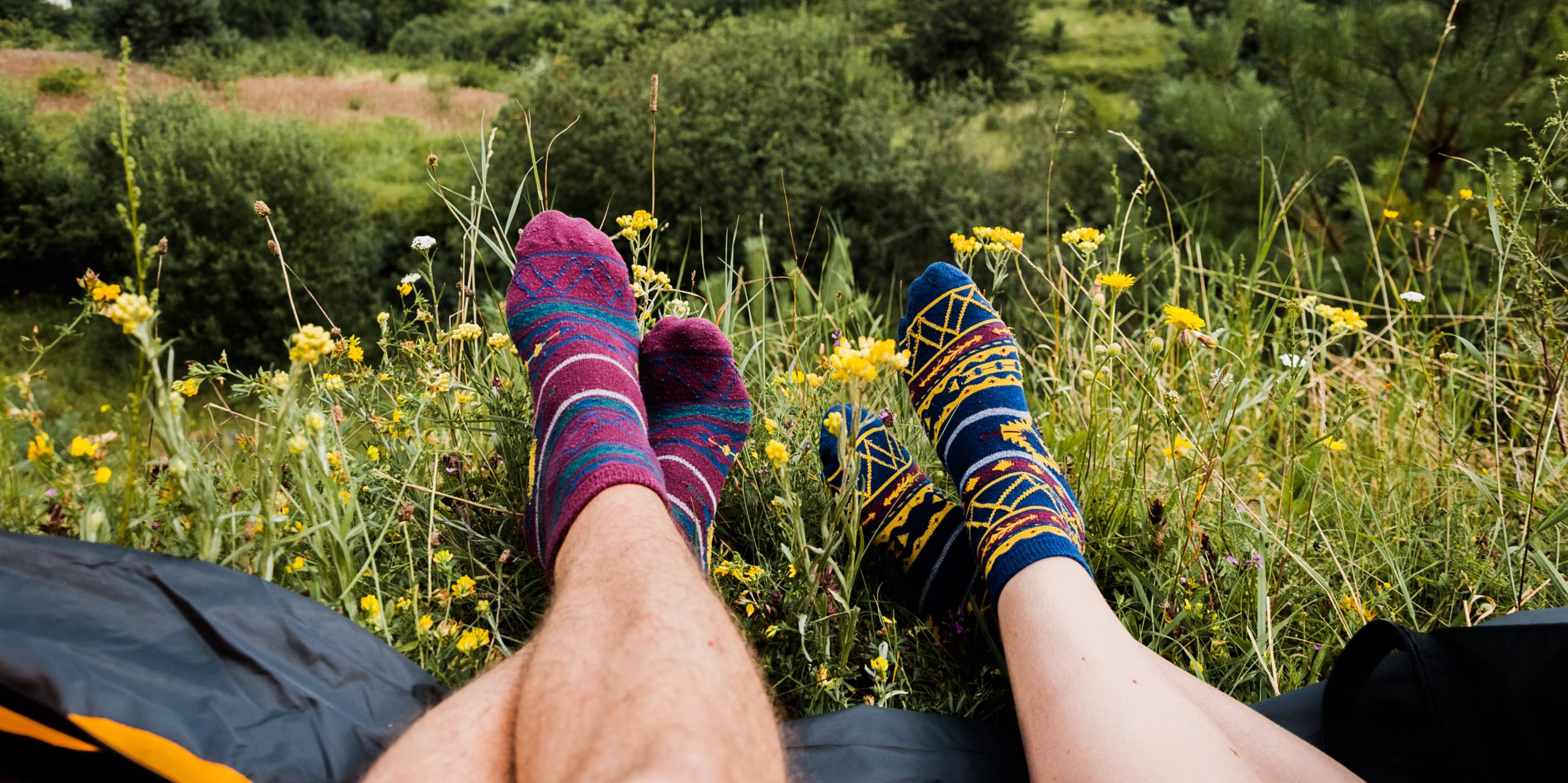
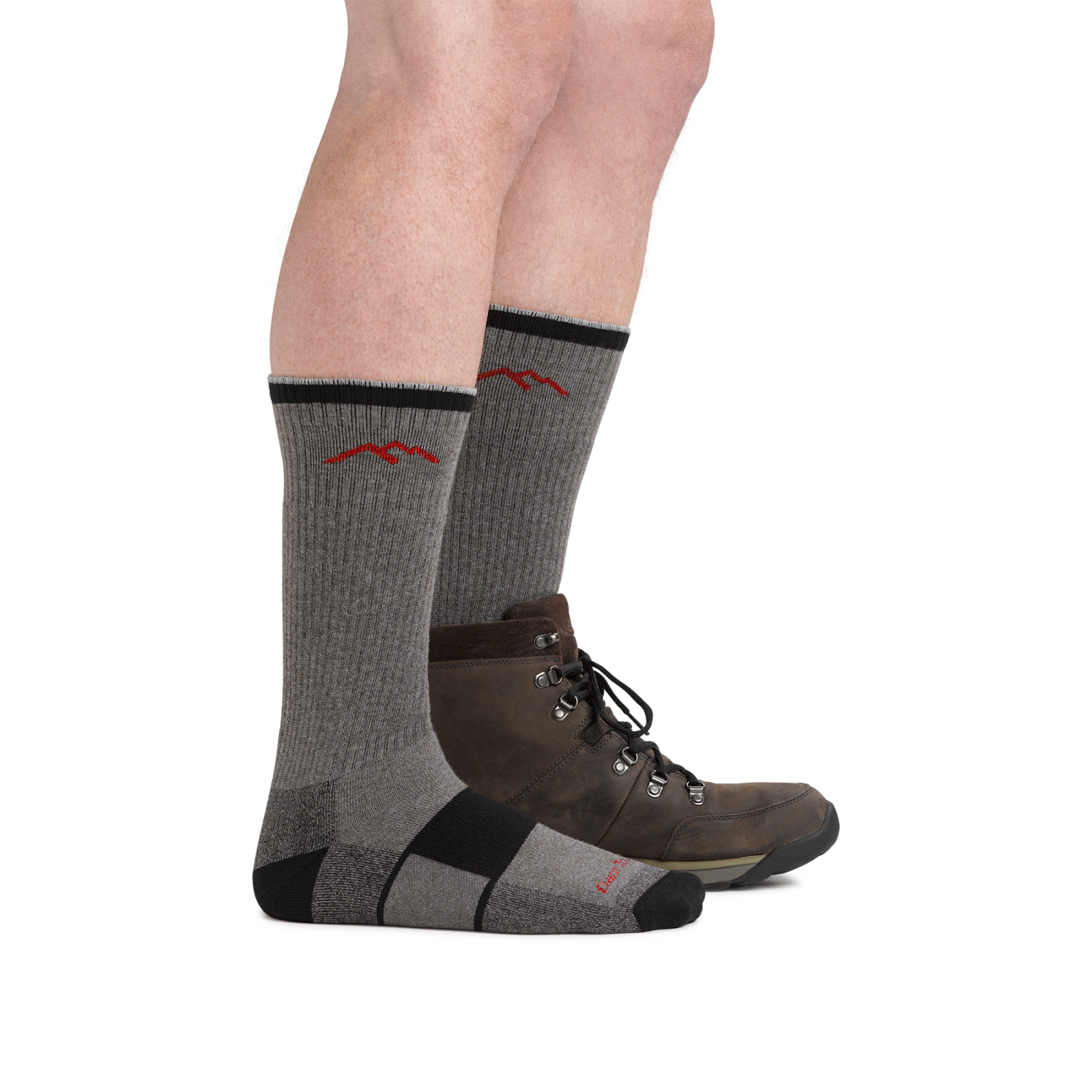
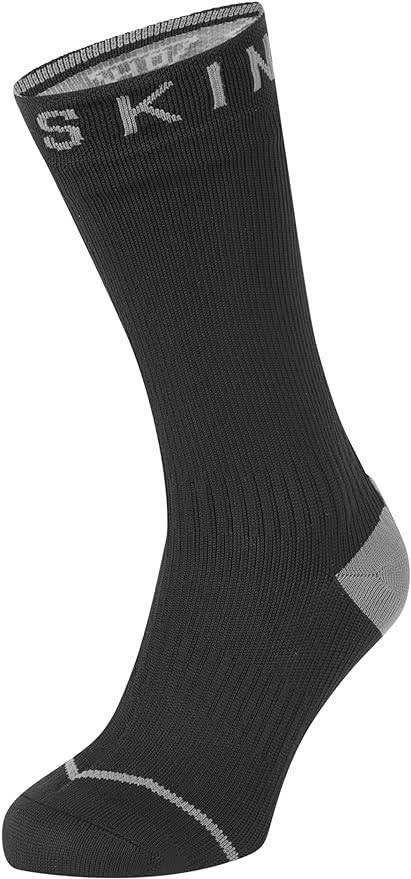
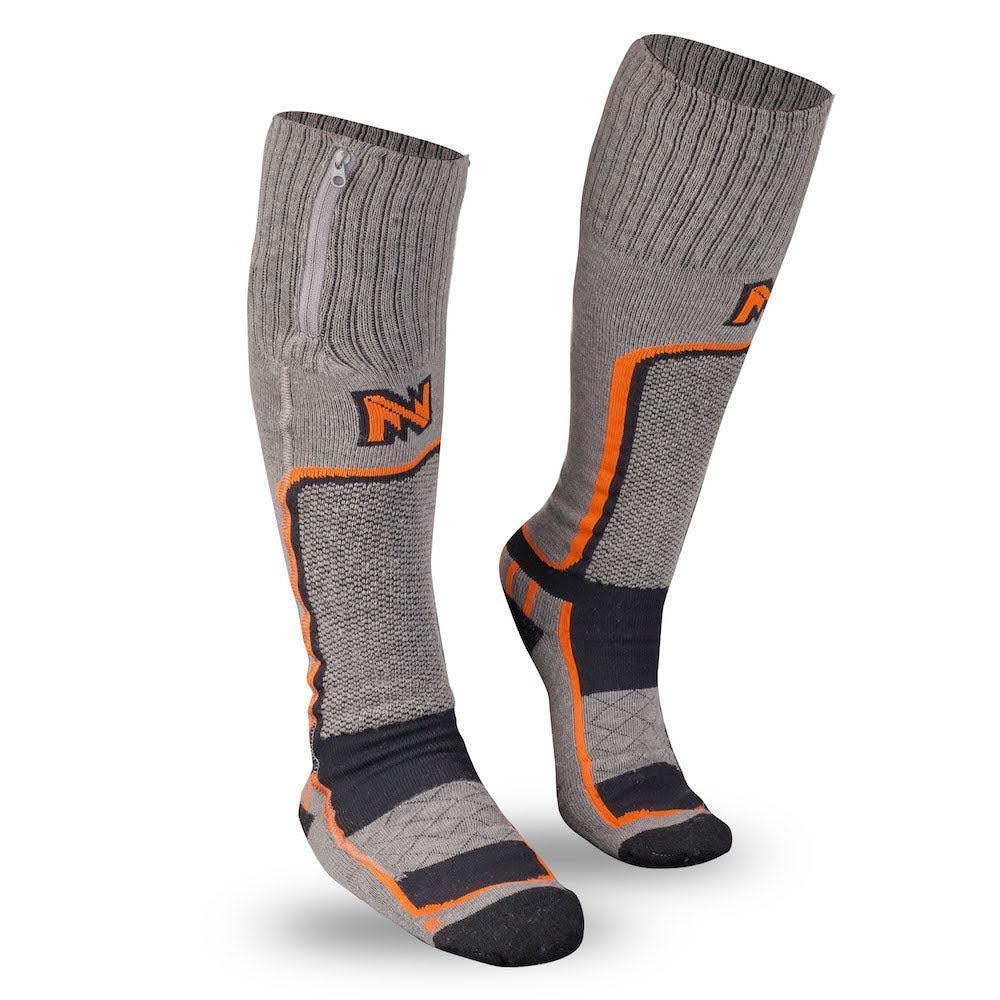
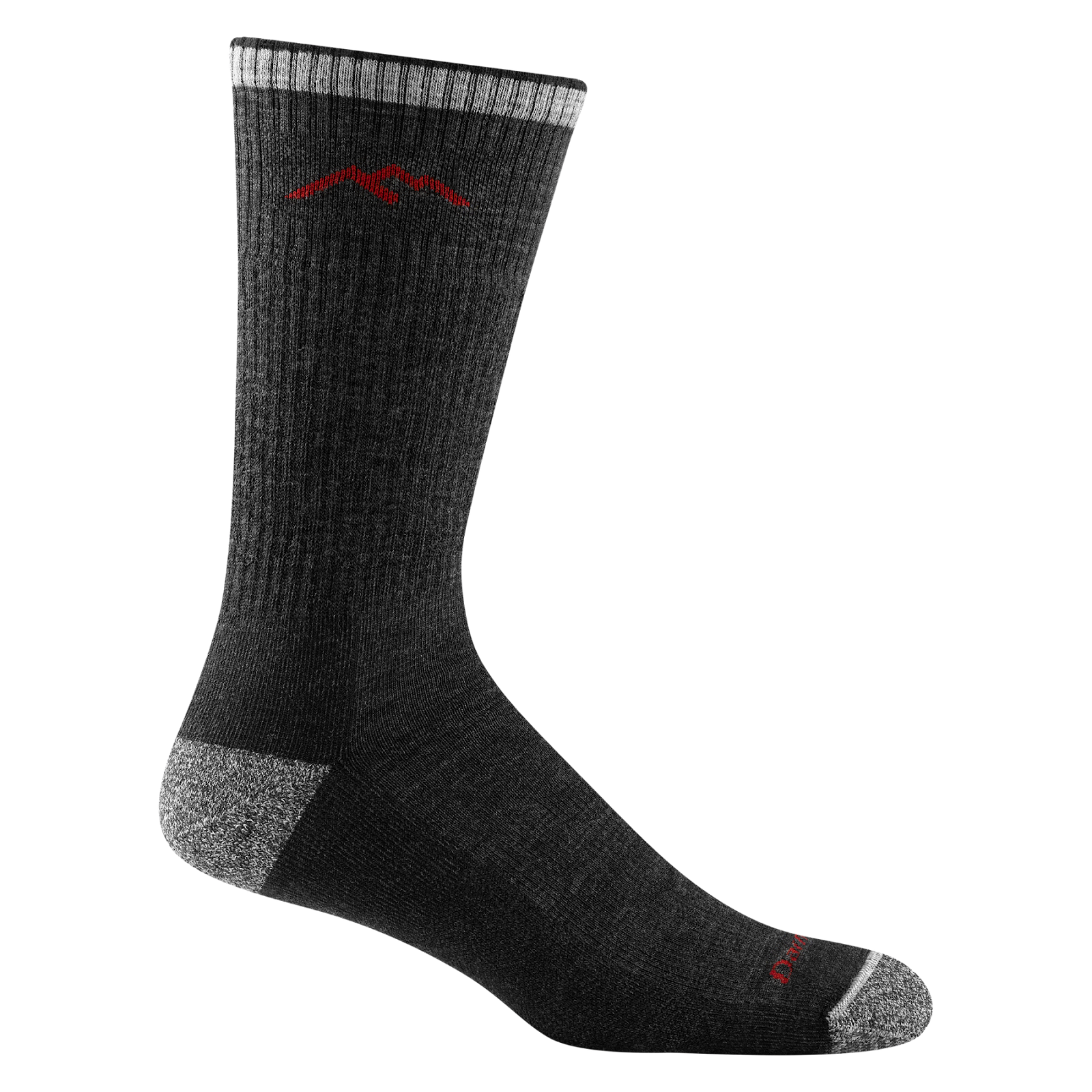
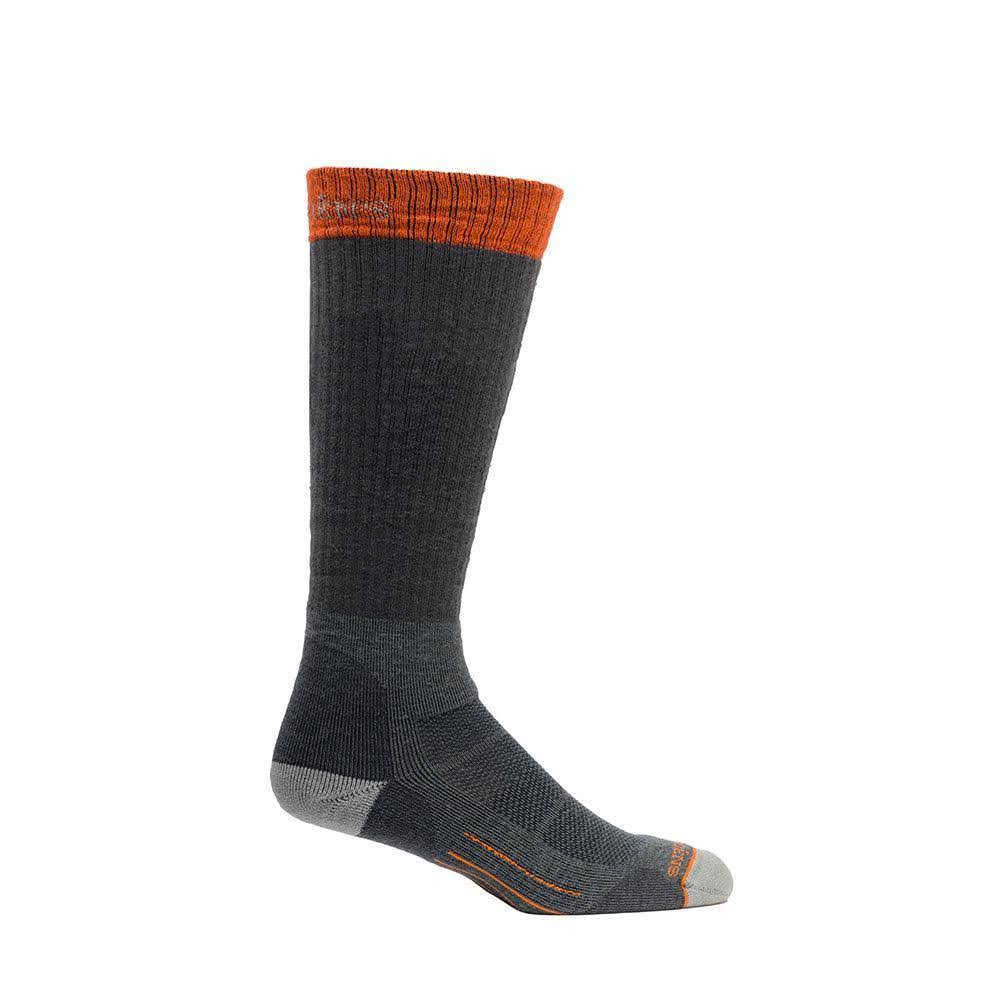
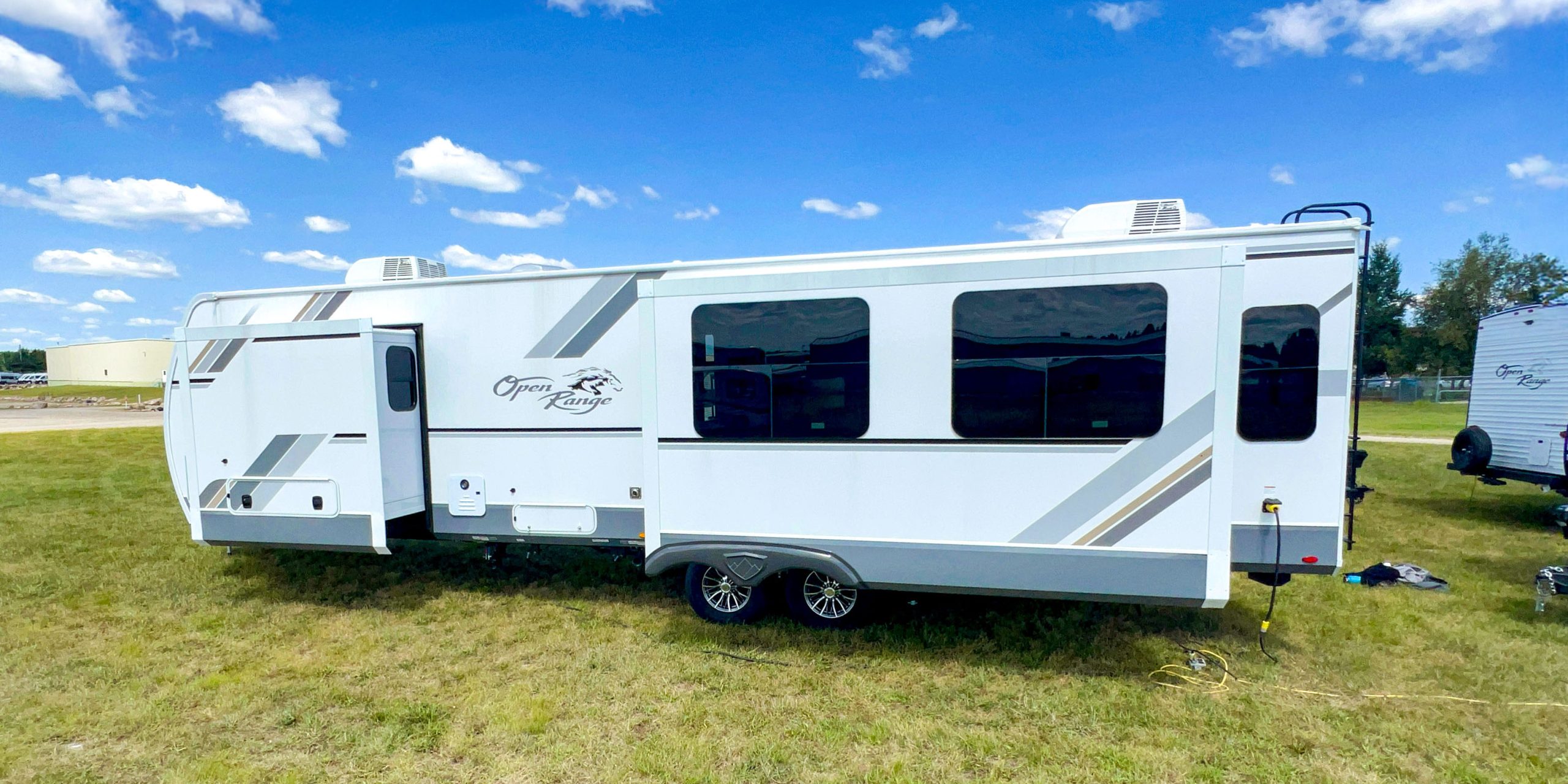
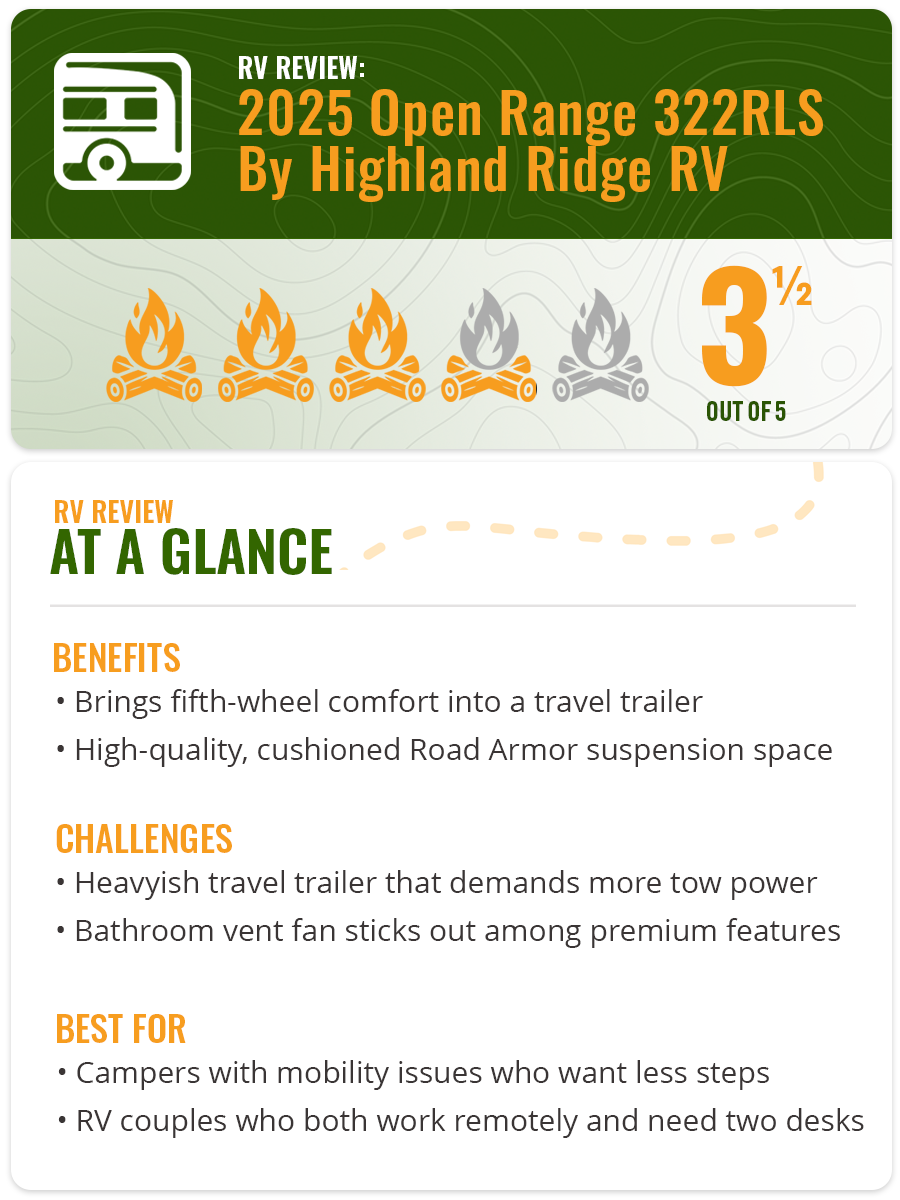 I gave the 2025 Highland Ridge Open Range 322MLS three and a half out of five stars. When I first walked in my impression was, “Wow!” And I was continually wowed by features and attention to detail in this travel trailer.
I gave the 2025 Highland Ridge Open Range 322MLS three and a half out of five stars. When I first walked in my impression was, “Wow!” And I was continually wowed by features and attention to detail in this travel trailer.